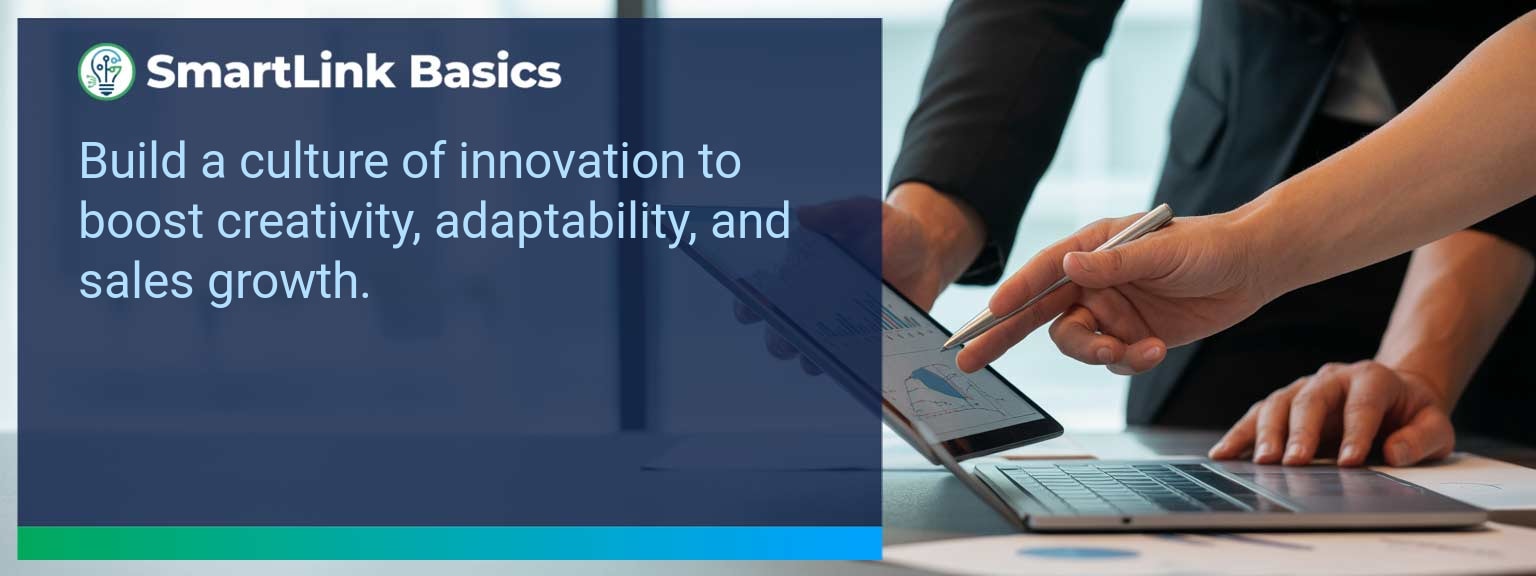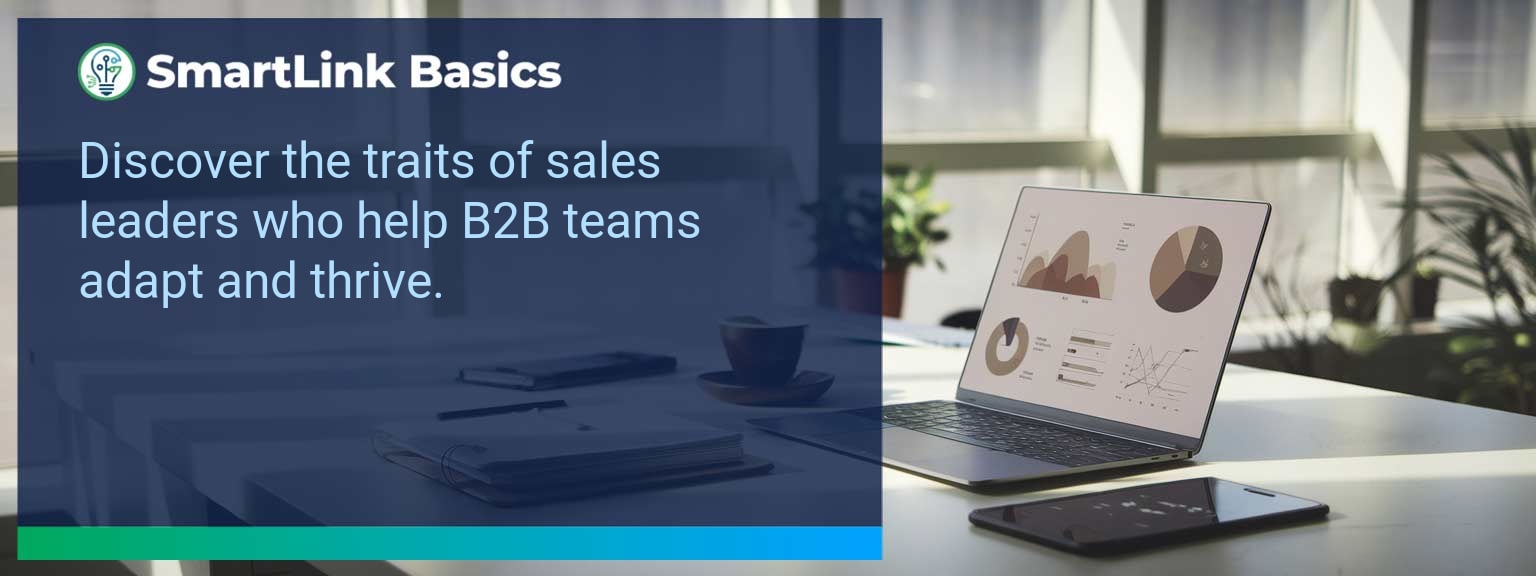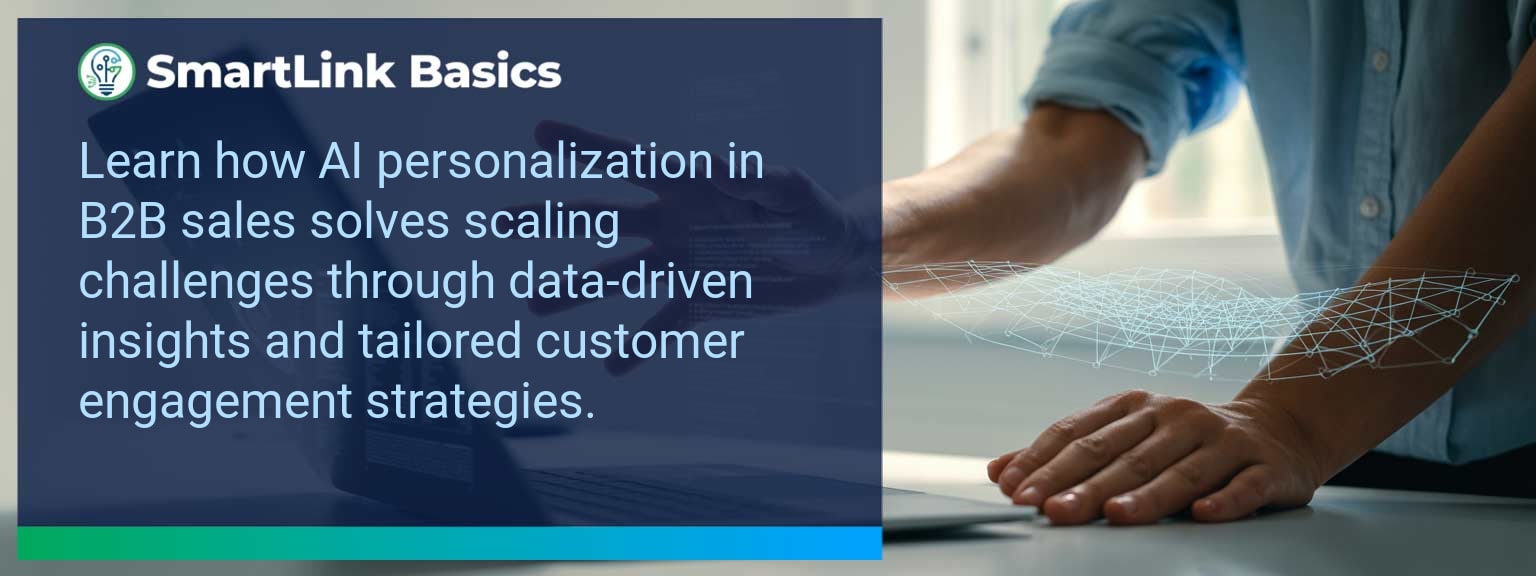AI-driven automation is now central to revenue performance, with sales teams using autonomous workflows to reduce cycle times by up to 40% (Gartner, 2024). For sales leaders, the shift toward next generation AI automation is no longer a tactical experiment—it is a competitive necessity. SmartLink Basics has tracked this acceleration across industries, and in 2025, the business advantage lies with those who reengineer processes around intelligent, adaptive systems.
This article examines how AI workflow automation transforms operational efficiency, overcomes integration challenges, and produces measurable revenue impact. You will learn the specific levers to pull, from data-driven targeting to cadence optimization, and the metrics to track for sustainable adoption.
- Integrate next generation AI automation across core sales workflows.
- Redesign operating systems to align with intelligent automation tools.
- Target high-impact use cases for measurable ROI within 90 days.
- Measure both leading and lagging indicators for adoption success.
- Continuously refine playbooks with live AI feedback loops.
What Changed And Why Next Generation AI Automation Matters Now
AI workflow automation has moved from prediction to prescription, making it possible for systems to execute steps without manual triggers. For sales organizations, this means every stage—from lead scoring to personalized outreach—can be optimized at scale. In 2025, intelligent automation systems combine machine learning, process automation, and integrated CRM logic, reducing operational drag and freeing reps for high-value conversations. For example, a global SaaS firm deployed AI task routing and cut deal-cycle time by 22%. The takeaway: Prioritize workflows with repetitive, rules-based actions and measurable impact potential. Deploy AI where it accelerates throughput without eroding client experience.Redesign The Revenue Operating System With Next Generation AI Automation
Restructuring the selling system for intelligent automation requires alignment in four core areas: ICP, Segmentation, and Targeting Refining ideal customer profiles with AI-enabled data clustering ensures message relevance and efficient pursuit. AI models can score leads dynamically based on behavioral triggers, raising conversion rates. Pipeline Architecture Automated deal-stage advancement keeps forecasts accurate and resource allocation optimal. Teams gain earlier warning signals on deal risk. Plays and Messaging AI-driven personalization engines adapt outreach language to match buyer sentiment, boosting response rates without increasing rep effort. Operating Cadence Automation can standardize follow-ups and account reviews, ensuring time-bound actions occur without manager intervention. Action insight: Audit existing steps for automation readiness. Replace manual checkpoints with system-led triggers.Common Barriers To Workflow Innovation
Adopting intelligent automation in sales often runs into challenges such as fragmented data sources, resistance to change, and unclear ROI measurement. Fragmentation undermines AI training quality, while cultural resistance slows process adoption. For instance, a regional B2B distributor delayed automation rollouts by six months due to incomplete CRM hygiene—crippling AI’s output accuracy. The remedy included a data consolidation sprint, followed by phased automation launches. Sales leaders should anticipate these obstacles and set a clear foundation with governance protocols and baseline data validation. Define ROI timelines to gain stakeholder confidence.Leveraging Intelligent Tools For Transformation
The most effective transformations start with pinpointing high-value automation cases tied to revenue bottlenecks. AI tools should not just improve efficiency, but directly influence sales outcomes. One enterprise manufacturing firm used AI-guided quote generation to cut approval times from 48 hours to under 4. This not only accelerated closing speed but increased overall win rates by 14%. Map out workflows where intelligent automation can remove latency, then design KPIs that connect tool adoption to measurable outputs. The linkage between process improvement and sales performance accelerates buy-in.Proven Improvements From AI-Powered Automation
Organizations with embedded AI in sales workflows report higher deal velocity, predictable forecasting, and improved customer engagement. Gains compound as machine learning models refine over time. For example, AI meeting summarization reduced admin load by 6 hours per rep, per week, at a high-growth software provider. This freed capacity translated into an additional $1.8M in quarterly revenue. The lesson: Measure and communicate automation-driven gains consistently. Tangible improvements reinforce adoption cycles and justify scaling efforts.The Road Ahead For Smarter Workflows
In 2025, AI workflow automation will go beyond task speed. Systems will orchestrate multi-channel sequences and influence real-time decision-making. Integration across marketing, sales, and customer success will become the baseline expectation. Sales leaders who combine digital transformation principles with a metrics-first adoption model will lead in revenue predictability and team efficiency. Those who wait will find the competitive gap widening with each quarter.Metrics That Matter
| Category | Metric | Definition | Target |
|---|---|---|---|
| Leading | Automation Task Completion | % of designated workflow steps executed by AI | 85%+ |
| Leading | AI-Generated Insights Adoption | % of deals influenced by AI recommendations | 75%+ |
| Lagging | Revenue Cycle Time | Average days from lead to closed deal | -20% YoY |
| Lagging | Close Rate | Closed-won deals ÷ total proposals | 30%+ |
| Quality | Customer Experience Score | Post-interaction satisfaction ratings | ≥ 4.5/5 |
| Quality | Process Stability Index | Deviation in workflow compliance rates | < 5% variance |
Get the 90-day plan, coaching rubric, and dashboard template to operationalize AI in your enablement program.









